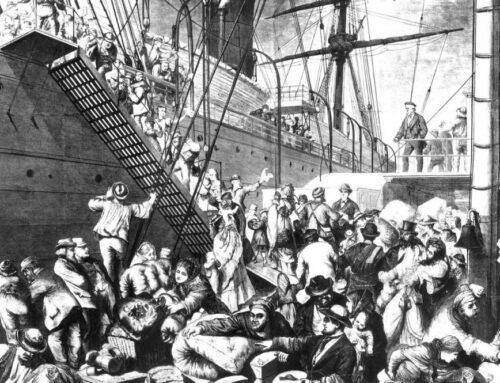A new guide to archiving video is Tuesday’s Tip. The human rights organization, witness.org, has published The Activists’ Guide to Archiving Video, which is so well done it’s been featured at The Signal, the digital preservation blog at the Library of Congress.
The reviewer/archivist at LC writes:
Though this guide is intended for human rights activists, it covers all aspects of digital video archiving so thoroughly that it is of value to anyone and everyone, from individuals archiving their personal videos to organizations developing digital video archives.
The archivists and technologists at Witness have divided the guide into eight sections:
- Create
- Transfer
- Acquire
- Organize
- Store
- Catalog
- Preserve
- Share
Of special interest to genealogists working on personal digital archiving are the Catalog, Preserve, and Share sections. The Catalog section is excellent, including information on how to capture and retain metadata critical to labeling the digital video for storage and retrieval.
The LC review notes:
Each step in the workflow includes an example scenario and graphics; details the advantages and disadvantages of certain practices; and provides tips with basic and advanced levels of technical information…. Witness may have written the guide for human rights organizations but the digital-preservation information contained in the guide has been gleaned from the digital archive, library and video technology practices. The authors have managed to extract the nucleus from each issue in digital preservation, combine and organize them all in a logical flow and explain them in a manner so direct and clear that the guide could be easily understood by most people.
So if you’re wondering how to take care of those video interviews with your relatives, The Activists’ Guide to Archiving Video is the place to start.





Leave a Reply